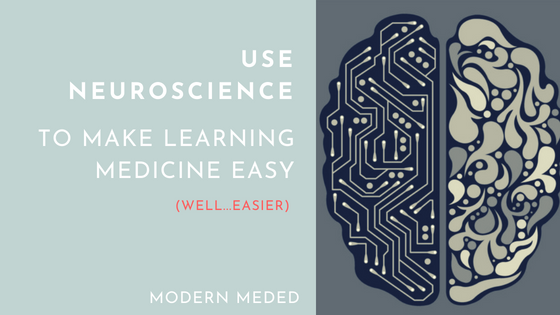The educational aspect of the healthcare industry doesn’t get as much attention as it should. The reason for this is pretty simple. The majority of people never interact with it. And yet schools are where doctors and nurses are taught everything they know. It’s how they form the opinions and attitudes that they carry with them into their professional lives.
In other words, it’s important. In this article, we take a look at how we can improve healthcare education to make the field more effective and inclusive while also improving patient outcomes.
A Quick Note
Improve is a profoundly subjective word. A case could be made that changing the font on medical textbooks improves healthcare education. “My goodness! So much bigger. You don’t have to squint at all.”
Obviously not the metric most people are looking at. But you get the point. What does it mean to improve healthcare education? Better patient outcomes? A better student learning culture?
In the nineties, med school residents routinely worked one-hundred-hour weeks. Those hours have now been capped at 80 a week — still twice the national average for what most people think a work week should be, but progress. An improvement.
To systematically review and evaluate healthcare in a way that would comprehensively establish what improvements can and should be made would take more than the thousand or so words that this article will contain.
Instead, we take a broad-stroke look at changes that could make healthcare education more accessible and effective.
Tech-Driven Education
Medical technology has changed significantly over the last several decades. Surgery can now be performed largely by robots. Much more than a mere novelty — another way for a hospital to spend seven figures on a machine — these robots produce significantly smaller cuts than human hands can manage.
This results in quicker recovery times, and better overall patient outcomes.
Software innovations have been equally impactful. Data in particular drives many healthcare-related decisions, determining both how hospitals serve their communities at the macro level, and how nurses and doctors take care of individual patients.
During the height of the pandemic, it was sophisticated data that helped healthcare systems anticipate surges and prepare themselves for what was to come.
Data is also used more routinely throughout the course of the year. When a general practitioner advises their patients to get the flu shot early because it’s going to be a rough season, that’s data they are acting on.
Then there is the digitalization of healthcare records. An innovative development that allows patients to access their information easily, and have it on hand at the drop of a hat.
All important innovations. All things that weren’t taught in a medical education curriculum twenty years ago.
Naturally, this has changed somewhat in recent years. People do leave medical or nursing school with some understanding of all the technologies described above. As time goes on, however, it will be increasingly more important to emphasize the importance of these skills.
Improved Candidate Outreach
Healthcare providers in the United States are primarily white. This is problematic for several reasons. For minorities, it means they are being excluded from a career path that is both highly lucrative and rewarding. For—
Hold on. Excluded? Is there a sign medical schools have been posting that reads, “No minorities allowed,”?
Well, no. But inclusion is about more than leaving the door open and saying, “enter if you’d like.” It’s important to keep in mind that opportunities for inclusion in medicine, and in fact, most professional careers is a relatively recent development. For most of American history were laws and social taboos that excluded everyone who wasn’t a white man from pursuing lucrative careers.
These laws and attitudes have changed, but it doesn’t mean that inclusion springs up overnight. Bright young minorities who could be excellent future doctors might not feel inclined to pursue a medical education if they don’t see themselves reflected in the candidate pool.
That’s a shame for everyone. Study after study indicates that diversity benefits everyone. Organizations get unique perspectives. The community at large sees itself represented in the people serving them.
Universities can improve diversity attendance by changing their outreach materials and efforts to be more inclusive and comprehensive.
Improve School Culture
The higher education system in general is coming to recognize the need for mental health awareness and nurturing. Those one hundred-hour work weeks described earlier in the article aren’t conducive to good physical or mental outcomes.
Does it make sense to train a person on how to take care of human health while simultaneously forcing them to wreck their own?
Medical schools can’t afford to relax their standards. The stakes are too high, and anyway, the educational challenges are there as a deliberate barrier to ensure that only the best and most qualified wind up assuming jobs in the medical field.
That said, medical and nursing schools can provide students with resources to help talk about and take care of their mental health. Changing school culture is an important way to cater to the neurologically diverse, while also helping the wider population thrive in their education.
With a Bachelor’s in Health Science along with an MBA, Sarah Daren has a wealth of knowledge within both the health and business sectors. Her expertise in scaling and identifying ways tech can improve the lives of others has led Sarah to be a consultant for a number of startup businesses, most prominently in the wellness industry, wearable technology and health education. She implements her health knowledge into every aspect of her life with a focus on making America a healthier and safer place for future generations to come.
Disclaimer: The viewpoint expressed in this article is the opinion of the author and is not necessarily the viewpoint of the owners or employees at Healthcare Staffing Innovations, LLC.



